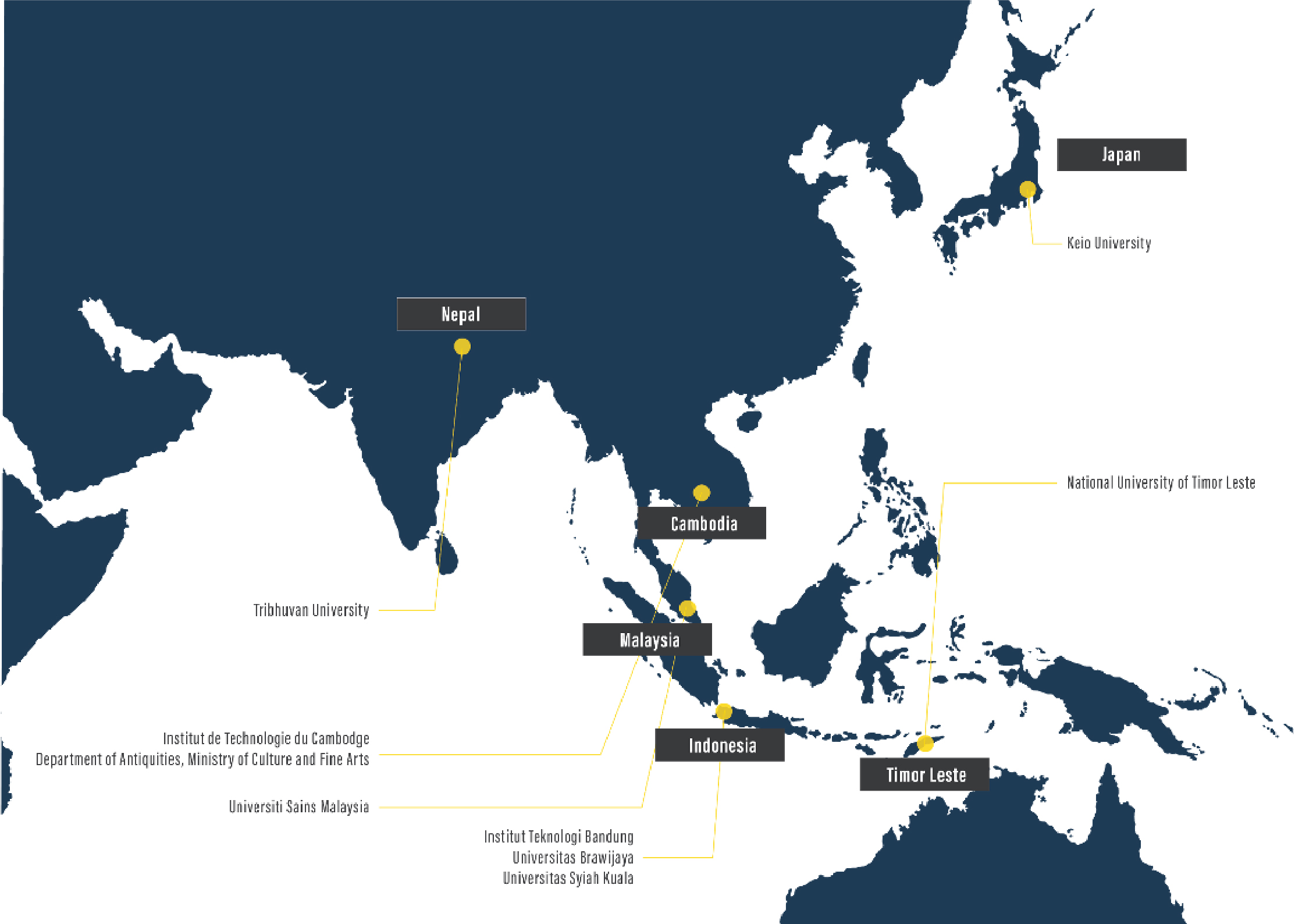-
Akashi, Eliko / Miyakita, Goki / Okawa, Keiko
(2023): “Fostering a Culture of Inclusive and Fair Open Science Infrastructure in the Asia Pacific” Digital Humanities 2023. Collaboration as Opportunity (DH2023), Graz, Austria.
-
Chevalier, Cecile / Jeneen Naji / Irene Fubara-Manuel / Izzy Fox / Laurence Hill
(2023): “Intersectional Feminist Revolutions in Digital Humanities: Approaches, Histories, and Methods.” Full Stack Feminism, August.
-
Jimerson, Randall C.
(2007): “Archives for All: Professional Responsibility and Social Justice.” in:
The American Archivist
, vol. 70, no. 2, 252–81.
-
Knöchelmann, Marcel
(2019): “Open science in the humanities, or: Open humanities?”, in:
Publications
, 7(4), 65.
-
Longley Arthur, P. / Hearn, L.
(2021): “Toward open research: A narrative review of the challenges and opportunities for open humanities”, in:
Journal of Communication
, 71(5), 827–853.
-
Okune, Angela / Hillyer, Rebecca / Albornoz, Denisse / Posada, Alejandro / Chan, Leslie
(2018): “Whose Infrastructure? Towards Inclusive and Collaborative Knowledge Infrastructures in Open Science”, in:
ELPUB 2018
, Jun 2018, Toronto, Canada.
-
Roy, D., & Menon, N.
(2022): “No Making, Not Now: Decolonizing Digital Humanities in South Asia” [Epub] ”, in:
Global Debates in the Digital Humanities
(pp. 996–1044). University of Minnesota Press.
-
Tóth-Czifra, Erzsébet.
(2021).
DARIAH Impact case study series: An Open Science voice for the Humanities - a Humanities voice for Open Science
. https://doi.org/10.5281/zenodo.5863209.
-
UNESCO - United Nations Educational Scientific and Cultural Organization
(2021):
UNESCO Recommendation on Open Science.
 Figure 1: List of Institutions and Countries (Nepal, Cambodia, Malaysia, Indonesia, Timor Leste, and Japan) involved in this project
Figure 1: List of Institutions and Countries (Nepal, Cambodia, Malaysia, Indonesia, Timor Leste, and Japan) involved in this project
 Figure 2: Photos of the
Sarangi
(Nepal),
Candi
(Malang, Indonesia), and Tombstone (Aceh, Indonesia)
Figure 2: Photos of the
Sarangi
(Nepal),
Candi
(Malang, Indonesia), and Tombstone (Aceh, Indonesia)